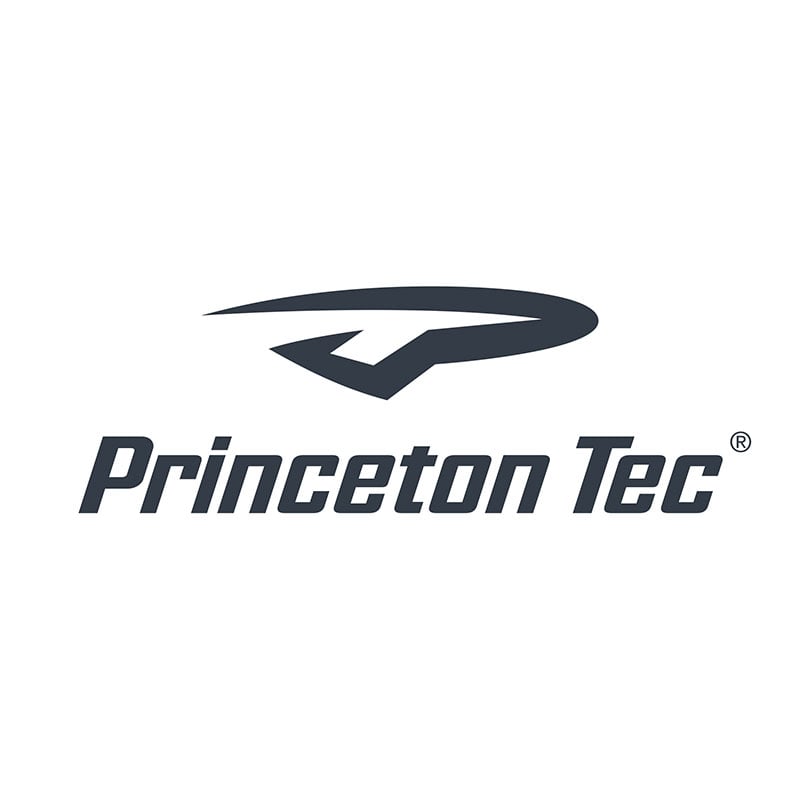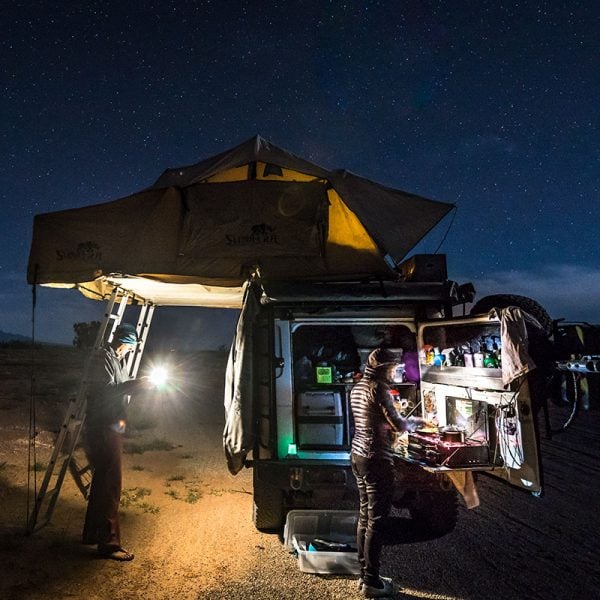Lighting Up Industrial Work: Enhancing Safety and Efficiency
Proper lighting is an essential piece of PPE for jobs that require workers to perform tasks in confined, restricted, or low-light areas. Efficient and effective lighting improves task execution and accuracy while increasing workplace safety. Certain jobs require lights that meet strict safety requirements. Others may call for specific beam patterns or a certain level of water protection. When determining which light will be most effective on your worksite, it’s important to consider safety requirements, durability, battery life, beam pattern, and functionality.
Intrinsically Safe vs. Safety Rated
Eliminating potentially deadly hazards in the workplace is always a priority. Work environments where flammable or explosive gases, liquids, and other substances are present require light sources that will not generate a spark. By meeting strict global safety requirements, products typically fall into two categories: Intrinsically Safe and Safety Rated.
Princeton Tec’s Intrinsically Safe lighting devices are constructed to meet the strict Underwriters Laboratories (UL) requirements for Class I, Division I, Groups A, B, C, and D. Princeton Tec’s Safety Rated lighting devices meet the requirements for Class I, Division 2, Groups A, B, C, and D and Class II Division 2, Groups F and G.
Durability
Headlamps and handheld lights used for industrial work need to be rugged. To make sure your light can withstand rigorous environments, look for a device constructed with premium materials and designed to be impact-, dust-, and water-resistant.
One factor to consider when it comes to durability is the IPX rating. This rating system tells you how water-resistant your headlamp or handheld is. Ranging from IPX0 (no protection against water) to IPX8 (protection against continual submersion in water at depths down to 100 m), this system identifies if a device will meet the specific demands of your work. If you need a light that’s resistant to splashing, moderate rain, or quick dunkings, look for at least an IPX4 rating. For completely waterproof functionality, choose lighting with at least an IPX7 rating.
Batteries and Burn Time
When working in low light, a long-lasting battery is crucial for completing tasks and staying safe. Consider using a light with regulated LEDs to maintain consistent brightness for extended periods. These LEDs feature a regulating circuit that maintains initial brightness as long as the batteries have sufficient voltage. In contrast, traditional lights will dim as the batteries are drained.
Another way to conserve battery life is to opt for a light with multiple brightness settings. This flexibility lets you adapt to different tasks and needs, illuminating greater distances on a high setting or conserving battery power on a low setting.
For enhanced safety, look for devices that can be locked when not in use to prevent accidental activation. Finding a light equipped with a battery power meter is also helpful. A battery power meter provides continuous feedback on the condition of your batteries, indicating high, medium, or low battery life, making it easier to know when to change rechargeable batteries or pack a spare set of disposable batteries.
Beam Pattern and Distance
Beam pattern and distance are key considerations in determining how well a light will serve you on the job. When working on large-scale sites, choose a light with both a bright spotlight for extended range and a well-balanced floodlight for wide-angle coverage. For close-range tasks like inspecting large machinery or working on a breaker box, go with a light with a flood low option for greater clarity and to prevent eye strain.
Lights equipped with a spot flash beam increase safety by making you more visible to others when performing tasks or moving around a worksite. If preserving your night vision is a priority, choose a headlamp with red high and low settings. Red light is least likely to disturb light-sensitive cells in your eyes while still allowing you to perform close-range tasks with accuracy.
Functionality
Industrial headlamps or handhelds need to fit the job-specific requirements. For tasks that require hard hats, look for a light that can be securely mounted with a durable rubber strap. To ensure you can toggle between settings, choose a light with an elevated button you can feel through your work gloves. If you’ll be using a handheld light, look for a model with a comfortable, molded grip that sits comfortably in your hand and an integrated clip for secure storage when not in use.
For over 45 years, Princeton Tec has been a trusted source of durable lights that deliver high performance. Whether you’re focused on lumen count or overall versatility, categorizing lights by their intended use cases makes it easy to find the most suitable option for activities ranging from hiking adventures and hunting excursions to tactical missions and emergency situations. Trust Princeton Tec to provide the lighting solution you can count on for any terrain or task.


